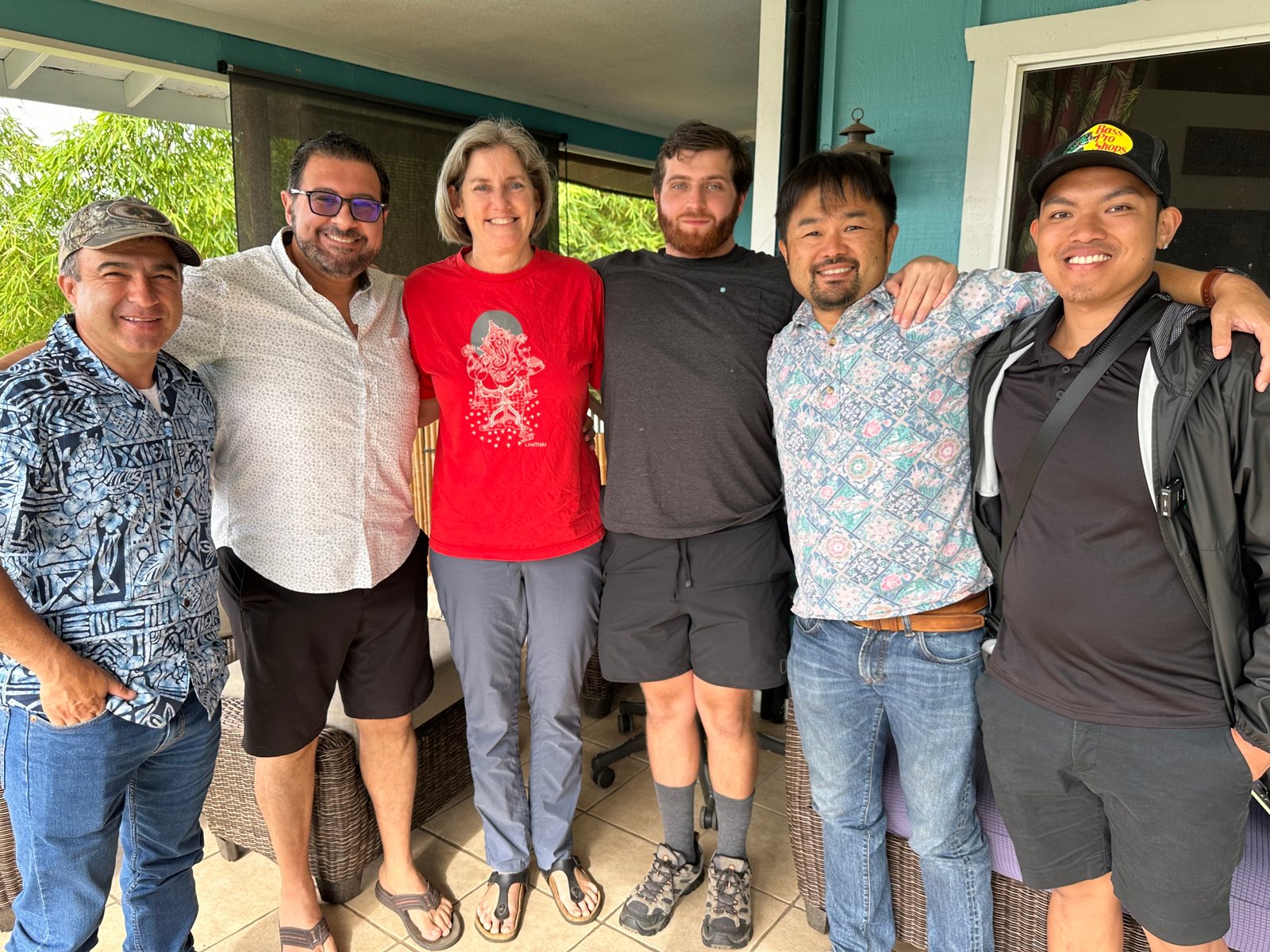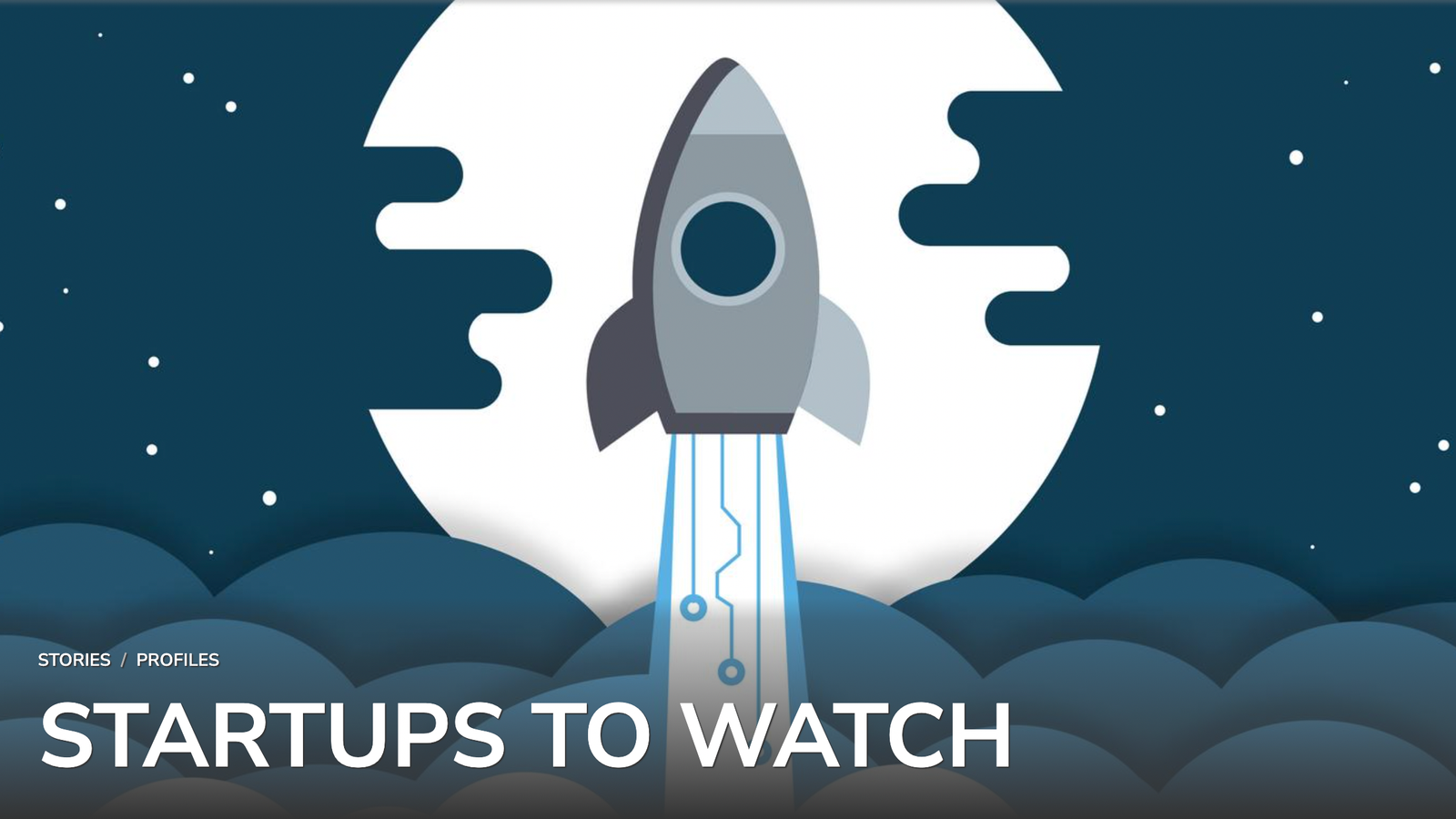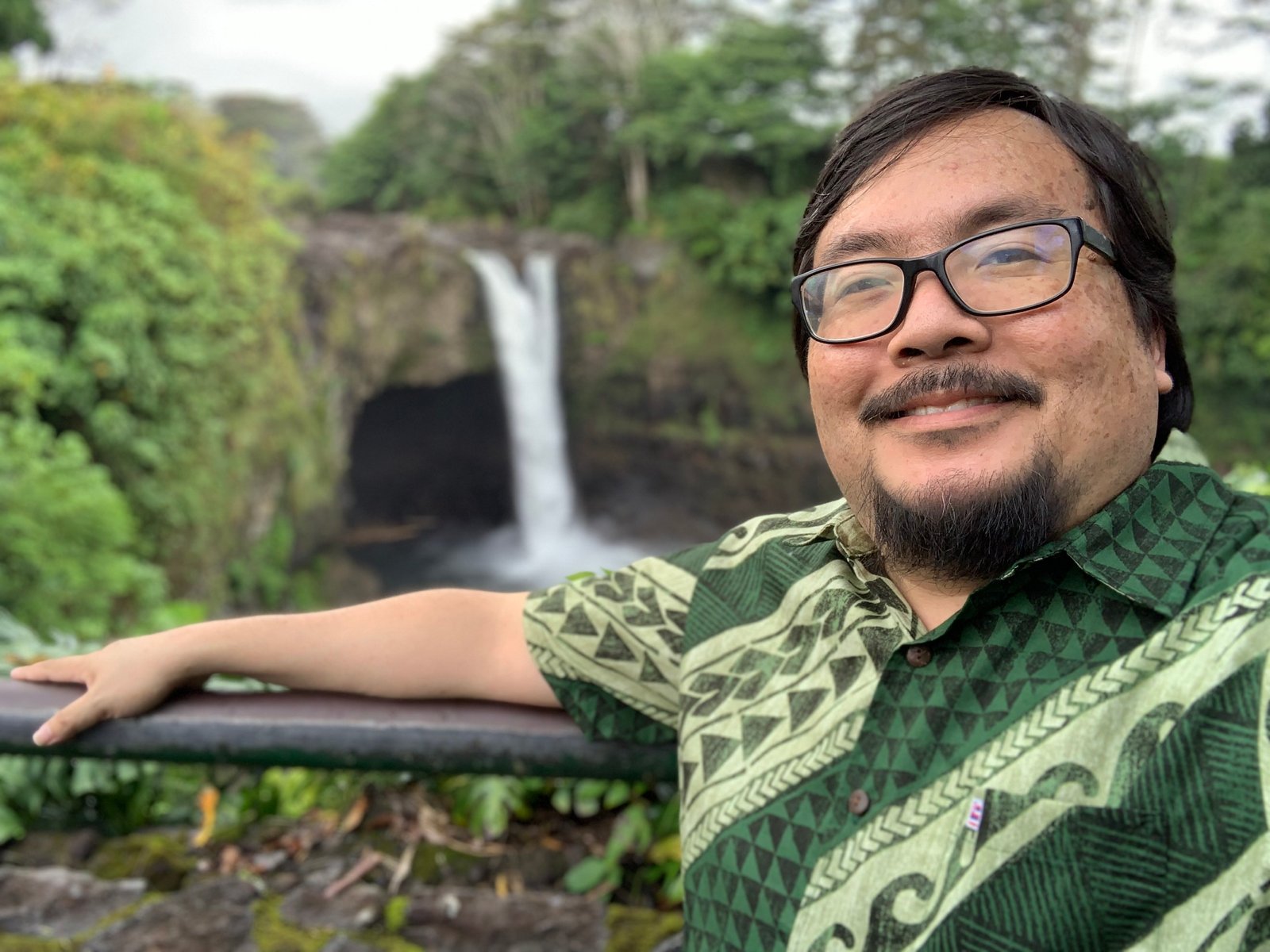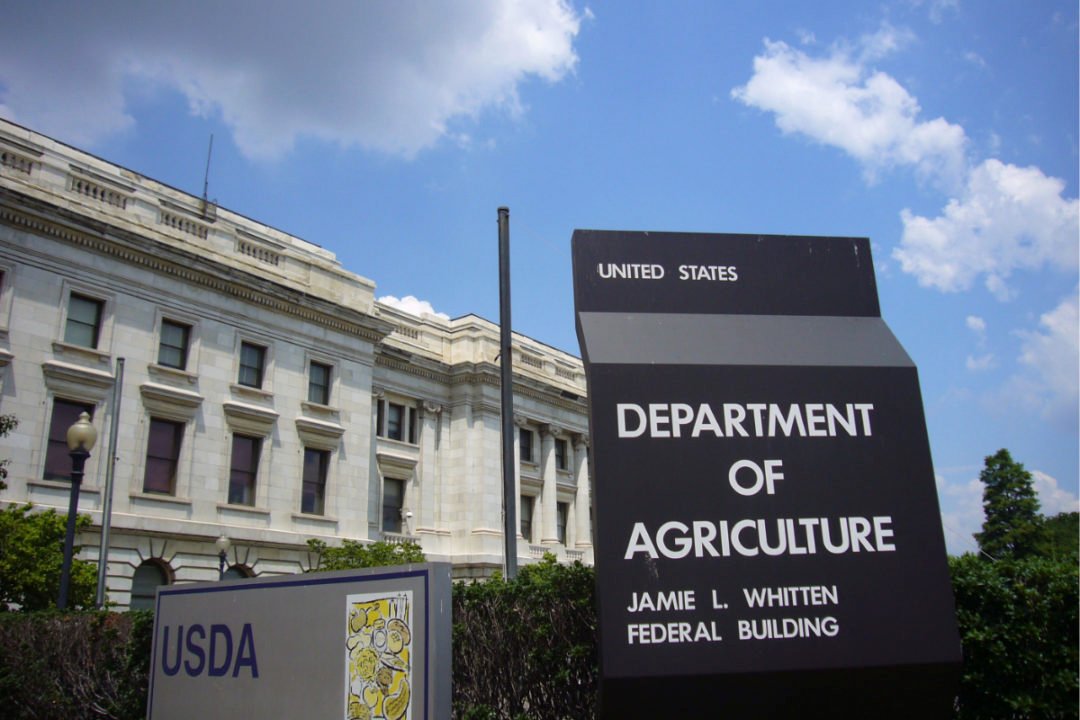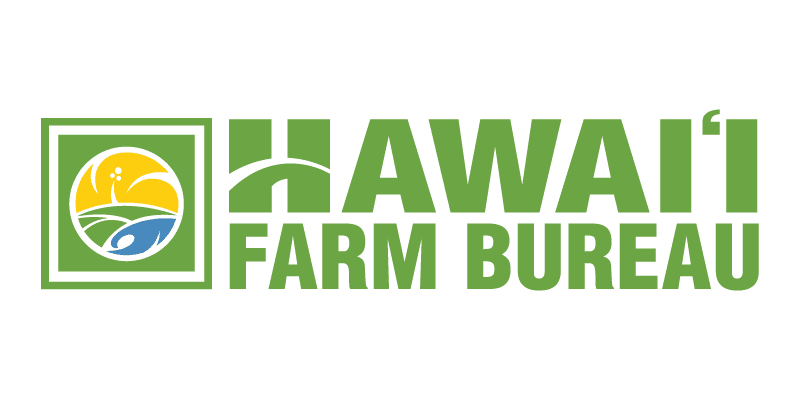The following op-ed by Smart Yields founder and CEO Vincent Kimura was published in the Honolulu Star Advertiser on January 22, 2019.
Our relationship with food is complicated, and it’s getting worse.
We are at a pivotal point where the disrepair of our food systems will forever shape entire regions of our world. To understand why, we must examine the struggles facing our farmers.
The U.S. Department of Agriculture (USDA) recently reported that we have lost more than 100,000 farms and 5.6 million acres of farmland over the past seven years. By one report in The Guardian, farmers are committing suicide at higher rates than any other occupation in the U.S. and at a rate more than double that of our veterans.
More than half of all U.S. farms don’t break even each year. Farmers frequently work 80-hour weeks and carry a crushing amount of uncertainty. Weather, pests, climate change, legislation and other factors can devastate a small farm overnight.
We need our farmers. We need to eat. So what can we do?
We must have a coordinated approach that is driven by the public and private sectors, including corporations, NGOs (nongovernmental organizations) and academic support.
I have worked closely with researchers in the Netherlands, whose systems were recently profiled in a National Geographic article titled “This Tiny Country Feeds the World.” The Dutch have aggressively embraced a new generation of sustainable, data-driven farming techniques to monitor everything from soil to water and nutrients. Crops grow faster, better and more efficiently — all with far fewer resources and zero indoor chemical pesticides.
Through a groundswell of support, farmers were allowed to utilize more than half of the nation’s land for agriculture and horticulture. The Netherlands is now second only to the U.S. in food exports by value, yet it is a region the size of Rhode Island.
While many of these systems use cutting-edge technologies, they embrace an integration with traditional farming techniques. Farmers are growing food in economically and environmentally sustainable ways and are valued members of the community.
It has been reported for years that Hawaii has 7,000 farms, but we aren’t really sure. How are we measuring our farms? How are we tracking the health of our crops and our farmers? It is also estimated that we import nearly 90 percent of all food consumed in the state, yet it wasn’t always this way. We have hundreds of thousands of acres of unused land that could be converted into agricultural service, but we simply don’t have enough farmers.
We have the opportunity to collect substantive data that can guide our farmers to better outcomes. Through this, we can perpetuate a culture of knowledge transfer and education, giving hope to the next generation of farmers.
Like the Netherlands, our state is tiny yet mighty. We have the opportunity to learn from countries facing similar challenges that are now disrupting what we know about farming. We can collect the appropriate data to make accurate, coordinated and informed decisions that will redesign our food value chain.
As the popular saying goes: “A goal without a plan is just a wish.” We have already set ambitious state goals to increase our local food supply. Now we need a concrete plan to make them into reality.


